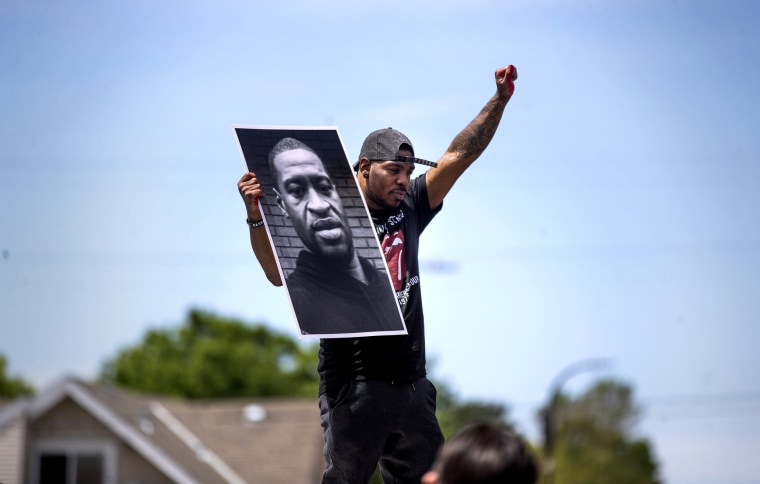George Floyd told police he was claustrophobic and struggling to breathe even before he ended up face down on the Minneapolis pavement, with an officer's knee planted on his neck, prosecutors said Friday.
A criminal complaint filed by the Hennepin County Attorney described the chilling final moments of Floyd's life as he was being detained by former Minneapolis police officer Derek Chauvin, who was charged with third-degree murder Friday.
A store employee had called police to report that Floyd had allegedly passed a suspicious looking $20 at Cup Foods, at 3759 Chicago Ave., when Minneapolis police officers Thomas Lane and J.A. Kueng showed up shortly after 8 p.m. on Monday, according to charging documents.
Officers approached Floyd, who was in the driver's seat of a car parked around the corner, and Lane pulled his gun and asked the man to show his hands, the criminal complaint said.
Floyd initially cooperated but then "actively resisted being handcuffed," the complaint said. But once "handcuffed, Mr. Floyd became compliant," according to prosecutors.
Floyd did not want to get into a squad car, as he "stiffened up, fell to the ground, and told the officers he was claustrophobic," the complaint said, as Minneapolis police officer Tou Thoa and Chauvin arrived in their car.
"While standing outside the car, Mr. Floyd began saying and repeating that he could not breathe," the document said.
A medical examination found that Floyd had coronary artery disease and hypertensive heart disease.
Eventually the handcuffed Floyd ended up facedown on the pavement, and Chauvin "placed his left knee in the area of Mr. Floyd’s head and neck," prosecutors said.
"Mr. Floyd said, 'I can’t breathe' multiple times and repeatedly said, 'Mama' and 'please,' as well."
Officers commented that Floyd was "talking fine," according to the document from prosecutors.
Lane asked “should we roll him on his side” and Chauvin allegedly responded: “That’s why we have him on his stomach.”
“I am worried about excited delirium or whatever," Lane said, according to the charging document, before Chauvin allegedly answered: “That’s why we have him on his stomach.” Excited delirium refers to a state in which a person becomes agitated and aggressive and can be associated with drug use.
When Floyd stopped moving, Officer J. Alexander Kueng "checked Mr. Floyd’s right wrist for a pulse and said, 'I couldn’t find one.' None of the officers moved from their positions," the complaint said.
Chauvin's knee was on Floyd's neck for 2 minutes and 43 seconds even after the man had passed out, according to the charging document.
The Police Officers Federation of Minneapolis in a previous statement has asked the public not to rush to judgment before all video can be reviewed. It's unclear what additional video would be viewed.

